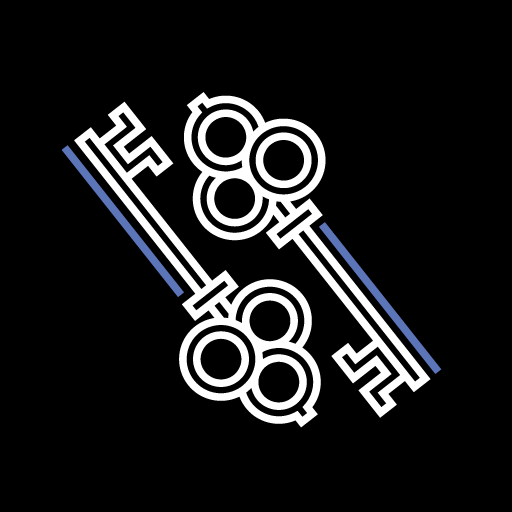Flagons. Swords. Mysterious references to Dark this and that while a fire flickers in the background.
My friends, we've entered Fantasy territory.
Anyone who's dipped their toes into the sword-and-sorcery world since the 90's has likely known about Robert Jordon's Wheel of Time, a doorstop Goliath of a series finished, in part by Brandon Sanderson after Jordon's death, after 14 books. Fantasy in the classic sense, Wheel of Time presents a struggle of good versus evil, flavored with factional struggles, more point-of-view characters than you could count, and a world built around reincarnation.
Taking a beloved property like this one involves a huge risk: namely, it's expensive and long, so you, both the viewer and the producers, are taking a bet that it'll finish before getting canceled.
Game of Thrones did, even if you hold its conclusion in dubious regard. Lord of the Rings shot its three films at once, saving itself the doubt. Numerous others failed, victims of limited budgets, botched executions, and doubtful executives.
Wheel of Time tries to ignore all those traps by zipping along at a prodigious pace. Almost mocking the books it's based on, the series gives us characters and, before we've barely met them, whisks them away on a jaunt across the continent. Whiplash ensues as we're introduced to locations and swept from them in moments, grounded only by the characters and their similar confusion at what's going on around them.
I'd consider this a negative, except if you've ever seen or read a fantasy story before, much of what's going on is predictable in the same delicious way biting into a favorite cake is predictable: you know what's about to happen, and you enjoy it.
Case in point: early on, when shaggy ruffian Mat finds a jeweled dagger in a doomed, evil city, it doesn't take some Sherlock Holmes sleuthing to figure out the cause of his subsequent mood changes.
As such, we skip rapidly by the fantasy staples pervading early Eye of the World with some significant changes, the most unfortunate being Perrin's murdering moment, which turns the man from a genial bear to a grief-stricken mope for . . . reasons? A convenient way to avoid a later meandering story arc?
Anyway, the show slows down when it hits the Aes Sedai capitol for a few episodes grounding us with our merry band before the big season-ending finale. Here, at least, we get to see Jordan's more creative work at hand: the Source, the Aes Sedai Ajahs, and the cyclical nature of the Wheel. Amazon's put forth enough money to render this in beautiful fashion, rather than the cheap facsimile of too many half-hearted TV creations. Beautiful, strange, and bristling, the White Tower would make a fun setting for a fantasy version of Big Brother.
The finale comes quick, with only eight episodes, and it's done well. While The Eye of the World plays its climactic battle as the be-all-end-all, this TV series knows better and sets up the series for what comes next. The five friends, Lan, and Moiraine are again fractured, with new enemies on the horizon and old ones barely slowed. There's plenty to explore, with just enough differences between the show and the books to leave this reader intrigued.
So if you're looking for fantasy comfort food, something not so cynical or a sitcom, with a budget to match its ambitions, give Amazon's Wheel of Time a look. The Wheel weaves as the Wheel wills, and right now, it's weaving at least one more season. Which, really, makes two more than I ever thought we'd see of Jordan's series.
Let's hope it weaves another 12.


